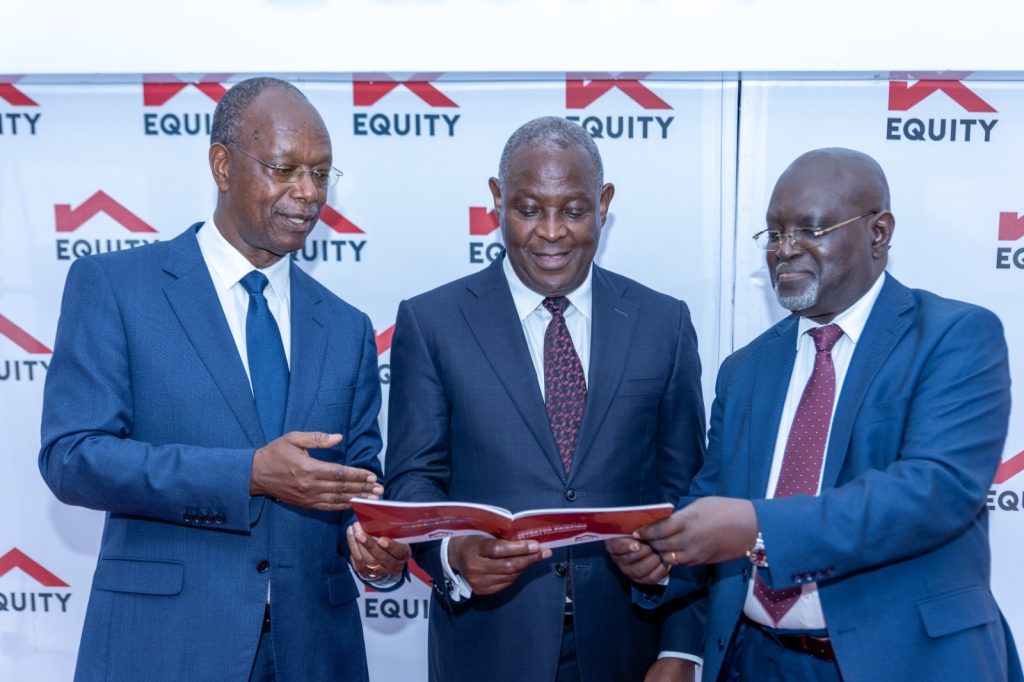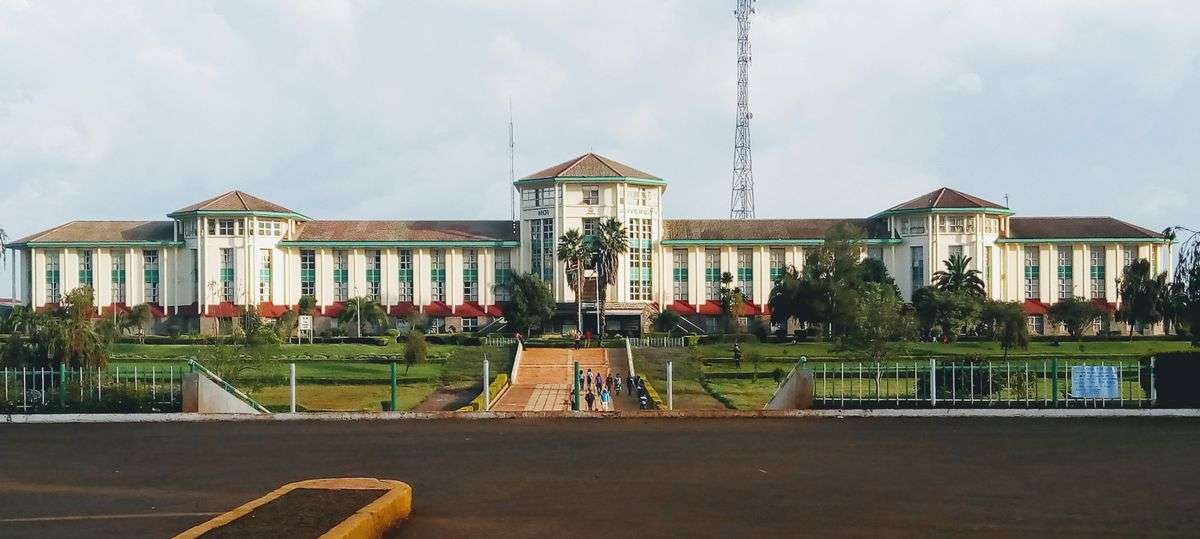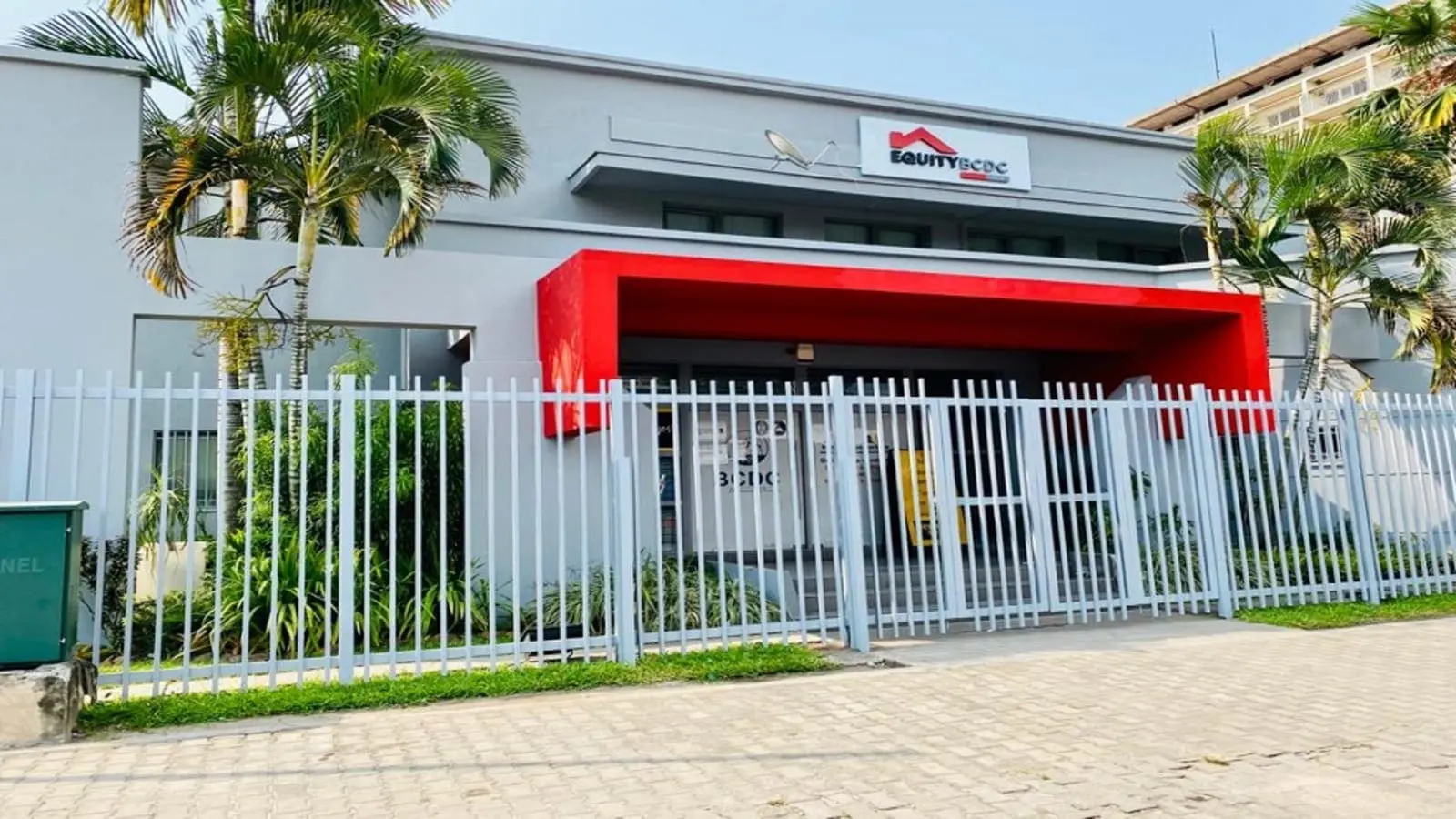Regional diversification continues to transform Equity Group from a Kenyan bank into a regional powerhouse, with 50 per cent of deposits, 53 per cent of the loan book, 50 per cent of total banking assets, and 49 per cent of Group banking revenue originating from regional subsidiaries
By The Weekly Vision Business Desk
Equity Group Holdings has announced its Q3 2025 results, showcasing a robust performance driven by strategic transformation and resilience. The Group’s profit after tax surged by 32 per cent to KSh 54.1 billion, up from KSh 40.9 billion. Underpinning this performance were diversified and growing revenue streams, improved efficiency, and strong regional contributions alongside a solid recovery of the Kenyan banking business.
Commenting on the third-quarter performance, Equity Group Managing Director and CEO Dr James Mwangi said: “The execution of the strategic business plan has started to reflect on the balance sheet and performance of the Group in agriculture, mining, manufacturing, trade and investment, and small and medium enterprises (SMEs) that populate the eco-systems of the formal sector in these value chains and is likely to significantly and increasingly transform the structure and performance of the Group.”

Equity Group’s Q3 2025 performance was also marked by strong profitability ratios with Return on Average Equity (RoAE) at 26.4 per cent and Return on Average Assets (RoAA) at 4.1 per cent. The Group demonstrated effective revenue diversification, with net interest income growing by 16 per cent and non-funded income rising by 3 per cent. Efficiency improved significantly: the cost-to-income ratio fell to 50.6 per cent from 55.1 per cent, and strong asset quality was maintained with non-performing-loan (NPL) coverage at 71.4 per cent and the cost of risk contained at 1.9 per cent.
“Our Q3 2025 performance reflects the strength of our diversified tri-engine business model, operational efficiency, and continued commitment to transforming lives,” said Dr Mwangi. “By empowering MSMEs, leveraging digital platforms, and aligning with Africa’s socio-economic and sustainability priorities, we continue to drive inclusive growth and create shared prosperity. We are particularly proud of our regional subsidiaries, which have demonstrated resilience and contributed significantly to our overall performance.”
In Kenya, Equity Bank Kenya Limited reported profit after tax rising by 51 per cent to KSh 31.1 billion, up from KSh 20.6 billion in the prior comparable period. Net interest income grew by 27 per cent to KSh 53.6 billion (from KSh 42.0 billion), supported by a 34 per cent decline in interest expenses to KSh 25.1 billion from KSh 38.0 billion. Consequently, total equity expanded by 36 per cent to KSh 171.4 billion, up from KSh 126.1 billion.
Equity Bank Kenya retained its MSME banking leadership, disbursing 45 per cent of the KSh 201 billion MSME loans in Kenya between January and July 2025. Meanwhile, Equity Insurance Group reported a 71 per cent increase in gross written premiums, contributing to a 36 per cent growth in profit before tax.
Regional subsidiaries also made significant contributions:
In the Equity BCDC (DRC) business, loans grew by 19 per cent year-on-year; in Equity Bank Rwanda Limited, loans grew by 34 per cent year-on-year. Regional diversification continues to transform Equity Group from a Kenyan bank into a regional powerhouse, with 50 per cent of deposits, 53 per cent of the loan book, 50 per cent of total banking assets, and 49 per cent of Group banking revenue originating from regional subsidiaries. Regional banking business contributed 45 per cent of profit before tax and 42 per cent of profit after tax to the banking business.
In the DRC, profit after tax rose by 21 per cent to KSh 13.8 billion, up from KSh 11.4 billion; loans and advances rose by 19 per cent to KSh 302.7 billion from KSh 253.5 billion. Total equity rose by 28 per cent to KSh 88.8 billion, up from KSh 69.4 billion.
In Rwanda, total assets expanded by 5 per cent to KSh 122.9 billion (from KSh 116.6 billion), driven by a 34 per cent growth in the loan book to KSh 62.3 billion (from KSh 46.4 billion). Total equity increased by 18 per cent to KSh 19.6 billion, up from KSh 16.6 billion.
In Tanzania, profit after tax grew by 88 per cent to KSh 1.5 billion (from KSh 0.8 billion); loans and advances rose by 51 per cent to KSh 37.4 billion (from KSh 24.8 billion); shareholders’ funds rose by 83 per cent to KSh 12.1 billion (from KSh 6.6 billion).





